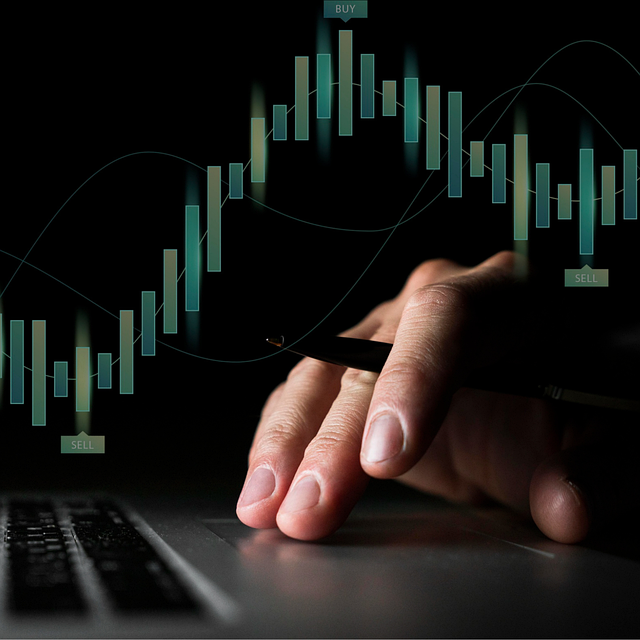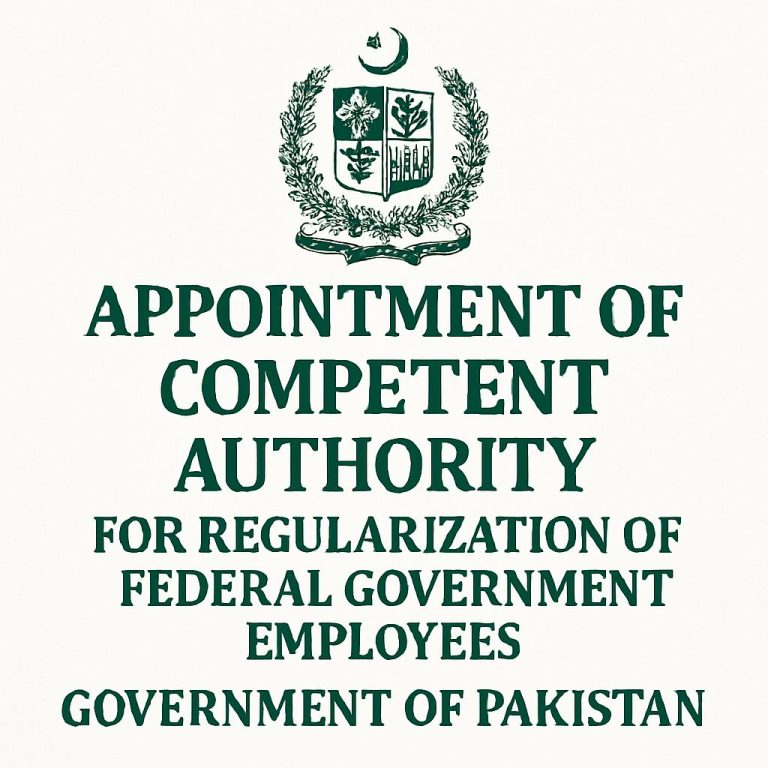
As we move into 2025, global markets are navigating a landscape of recovery, innovation, and uncertainty. The world economy has been through turbulent times in the past few years, but there are key indicators and forecasts that can help investors, policymakers, and businesses make informed decisions about the future. In this article, we’ll explore the most critical economic indicators, trends, and predictions that will shape global markets in 2025 and beyond.
1. Global GDP Growth: A Steady Recovery?
The global economy is expected to experience moderate growth in 2025, following the challenges of the past decade. After dealing with the aftermath of the COVID-19 pandemic and geopolitical tensions, many regions are slowly recovering, with developing markets poised to see the most significant growth.
According to forecasts, global GDP growth is expected to be around 3-4% in 2025, with emerging markets leading the charge. China and India will continue to be the largest contributors to global growth, although China’s growth rate has slowed in recent years, while India’s economy is expected to see a surge. Meanwhile, the U.S. and European Union will experience steady, but slower, growth, as both regions focus on stabilizing their economies and addressing inflationary pressures.

2. Inflation and Interest Rates: Navigating Post-Pandemic Economies
One of the most significant economic concerns in the years following the pandemic has been inflation. In 2025, inflation rates are expected to stabilize but may remain higher than pre-pandemic levels due to supply chain disruptions, rising energy prices, and geopolitical conflicts.
Central banks around the world, including the U.S. Federal Reserve and the European Central Bank, are likely to maintain interest rates at a relatively higher level as part of efforts to combat inflation. Higher interest rates could mean increased borrowing costs, affecting consumers and businesses alike. However, they are also intended to prevent economies from overheating and causing unsustainable inflationary pressure.
3. Global Trade and Supply Chains: Reshaping the Landscape
The global trade landscape is undergoing significant changes. The pandemic revealed vulnerabilities in international supply chains, leading to a shift toward reshoring and diversification of manufacturing hubs. In 2025, global trade is expected to grow, but companies will continue to prioritize resilient, localized supply chains.
The shift toward digital trade and e-commerce is also reshaping how goods and services are exchanged internationally. Markets are becoming more interconnected through digital platforms, and businesses are looking at new trade agreements and partnerships, particularly in Asia and Africa.
4. Geopolitical Risks: The Impact of Global Tensions
Geopolitical risks will continue to be a critical factor for global markets in 2025. Tensions between major economic powers such as the U.S. and China, as well as conflicts in regions like Ukraine, the Middle East, and the South China Sea, could disrupt trade and influence investor sentiment.
As countries continue to adjust to these risks, investors will be closely monitoring political developments. Trade sanctions, tariffs, and foreign policy decisions could have far-reaching consequences on global markets, affecting everything from commodity prices to stock market volatility.

5. Stock Market Outlook: Volatility and Opportunity
Stock markets in 2025 will likely experience a mix of volatility and opportunities. With interest rates on the rise, traditional equity markets may face headwinds as higher borrowing costs reduce corporate profitability. However, certain sectors like technology, green energy, and healthcare are expected to continue their growth trajectory, driven by innovation and demand for new solutions.
In particular, emerging markets offer attractive opportunities for long-term investors. Countries in Africa, Southeast Asia, and Latin America are expected to see robust growth, driven by an expanding middle class and infrastructure development.
6. The Rise of Sustainability and ESG Investing
Environmental, Social, and Governance (ESG) factors will continue to influence global markets in 2025. With an increasing focus on climate change, sustainability, and social responsibility, investors are expected to direct more capital toward companies that prioritize environmental stewardship, ethical practices, and corporate governance.
Governments around the world are also expected to enact more stringent regulations and policies around climate change and environmental conservation. This will create both risks and opportunities for investors, with some industries (e.g., fossil fuels) facing significant challenges, while others (e.g., renewable energy) stand to benefit from increased demand.
7. Cryptocurrency and Digital Assets: The Future of Finance
Cryptocurrencies and digital assets are expected to play a larger role in global markets in 2025. With increasing adoption by institutional investors, regulatory developments, and integration into mainstream financial systems, digital currencies like Bitcoin and Ethereum may become more entrenched in the global economy.
In particular, Central Bank Digital Currencies (CBDCs) are likely to become more prominent in 2025, as governments explore ways to digitize national currencies and improve the efficiency of their monetary systems. However, the volatility and regulatory uncertainties surrounding cryptocurrencies will remain a challenge for investors.
8. Commodity Markets: Energy and Precious Metals
Commodity markets will continue to be influenced by geopolitical events, climate change, and shifts in global demand. In 2025, energy markets will remain a focal point, with oil, natural gas, and renewable energy sources all experiencing fluctuations in demand and prices.
Precious metals like gold and silver are expected to see steady demand, especially as a hedge against inflation and economic uncertainty. The transition to green energy is expected to drive demand for metals used in renewable energy technologies, such as lithium and cobalt, creating new investment opportunities.

Conclusion: A Complex Economic Landscape in 2025
The global markets in 2025 will be shaped by a combination of economic recovery, geopolitical risks, technological advancements, and sustainability trends. While there are significant growth opportunities, particularly in emerging markets, investors must be mindful of the risks posed by inflation, market volatility, and geopolitical tensions.
By staying informed and adapting to the changing economic landscape, businesses and investors can make strategic decisions that capitalize on the growth potential of global markets, while managing the risks associated with an increasingly complex and interconnected world.






